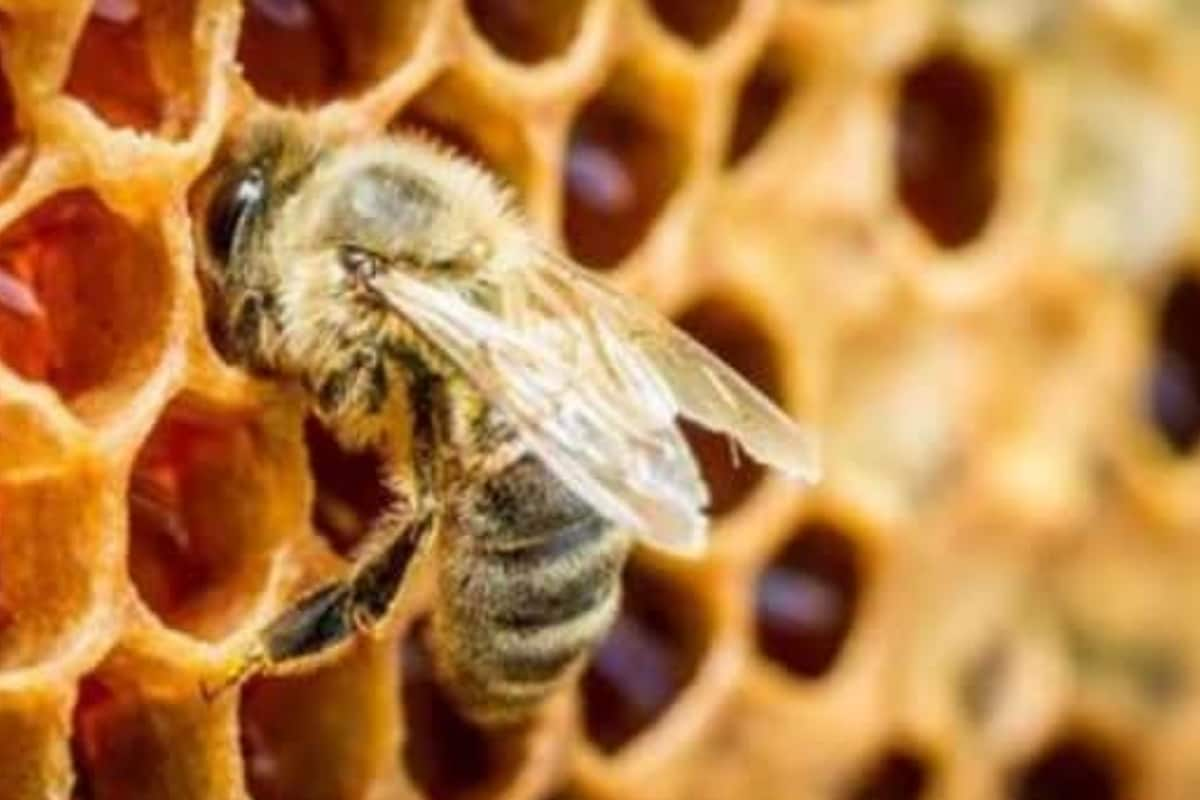You might be busy as a bee today but these birds and ants certainly aren’t. In a comparative study conducted between birds, bees, and ants, scientists discovered that bees have the highest cell density in their brains, higher than most small birds. The density of neurons in ants was found to be much lower. The researchers believe these differences are on account of their very different lifestyles. As bees fly, their visual information processing needs to be comparatively faster and advanced.
Many other brain-features like the size of specialised brain sections that process visual information, sounds, smells, and even memories have often been compared between various insects. However, size isn’t the best scale to gauge the actual brainpower. As many animals may have smaller brains due to ergonomic reasons but they are still quite intelligent, for instance, birds have smaller brains as heavier ones would make flying a challenge. Therefore, their neurons are packed tightly, creating a high cell density.
According to NewScientist, In the experiments led by Rebekah Keating Godfrey at the University of Arizona, the brains of 450 insects, belonging to 32 different species including bees, wasps, ants, and a species of the fly were studied. They used a recently developed technique for counting brain cells.
The details are a little gory—but they ground up the individual brains separately and let it soak in a solution that would free the nucleus of each brain cell. A dye to make the nuclei fluoresce was added using which they could be observed under an ‘epifluorescence’ microscope using ultraviolet light.
What the results say:Some bees were discovered to have higher cell density than other species. The highest was in the metallic green sweat bee (in the genus Augochlorella) with 2 million per milligram. Whereas ant species Novomessor cockerelli had only 400,000 cells per milligram.But team member Wulfila Gronenberg says it has little to do with intelligence and more to do with visual acuity during aerial travel.

